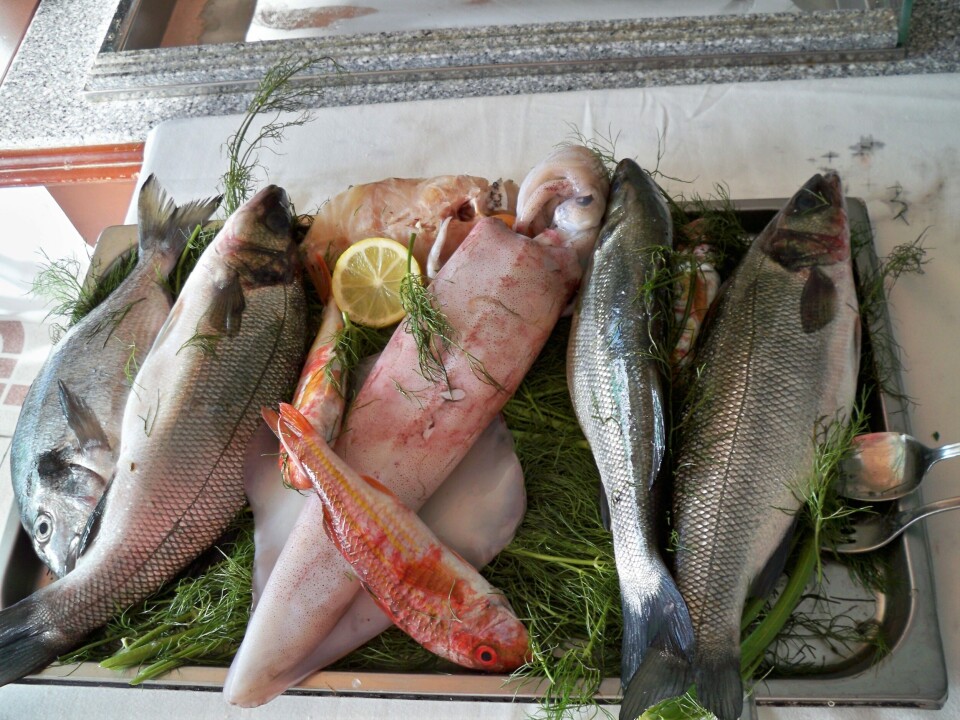
Mislabelled seafood in the news- again
Opinion
In a recent article in the Vancouver Sun, journalist Randy Shore displays an obvious bias against farmed seafood by the lead author of a report documenting mislabelled seafood, who unnecessarily is referring to some forms of farmed fish as “dirt-cheap”, and to some fish farms as “unscrupulous”. The study in question was published in the October, 2011 edition of the scientific journal Mitochondrial DNA, and the lead author was Dr. Robert Hanner, associate director of the Canadian Barcode of Life Network at the University of Guelph. The results could be immediately questioned as biased since- according to the report- “sampling from restaurants and takeouts often targeted species known to be commonly substituted”.
It was not long ago that a professor of the Simon Fraser University in Vancouver was criticized for announcing that he had evidence of the presence of the Infectious Salmon Anemia (ISA) virus in samples of wild salmon found in a B.C. river, and that the virus no doubt came from the province’s salmon farming industry. To date, no such ISA virus has been confirmed by conventional laboratory methods, although some credible findings by responsible researchers suggest that a virus similar to the ISA one might have been present in the Pacific Ocean before the farming of Atlantic salmon started in British Columbia.
The article in the Vancouver Sun quotes results from the Dr. Hanner study showing that of the 236 confirmed samples, between “25 and 41 per cent of the fish sold at retail and by restaurants is not actually the species listed on the label or the menu”. And while this is no doubt an accurate finding, the article continues to quote Dr. Hanner as being “particularly troubled by the presence of farmed fish in lots labelled as wild”. “What is labelled as red snapper is sometimes dirt-cheap farmed fish”, he apparently said to the reporter, along with “Aquaculture species are subject to random testing for antibiotics and antifungals used by “unscrupulous” fish farms. But fish labelled as wild-caught may circumvent CFIA (Canadian Food Inspection Agency) toxicity testing”.
The article didn’t provide any numbers or references to support the alleged violations of law by fish farmers, which begs to question the credibility of both the reporter and the researcher, although I am sure anyone can obtain a copy of the report on the Mitochondrial DNA web site. One of the reasons for the high failure rate in labelling was explained by Dr. Hanner this way; “What we also see a lot of is packages labelled wild salmon without saying whether its sockeye, coho or pink. Usually it’s a low-value fish like pink or chum.”
DNA sampling costs are coming down, so hopefully this type of mislabelling will soon be a thing of the past- resulting in the producers of high quality farmed Atlantic, Chinook and Coho salmon getting the higher prices that their superior products command rather than the usually “dirt-cheap” pink and chum “wild” salmon.






















































